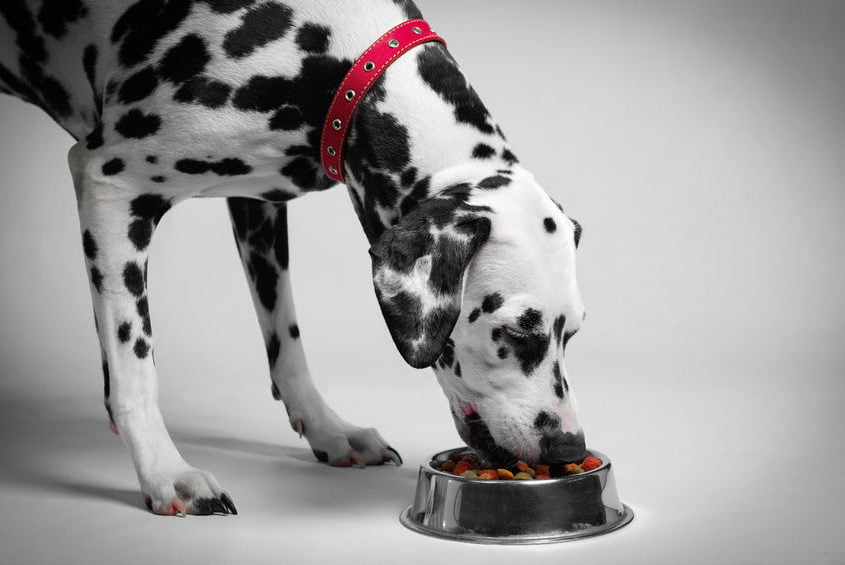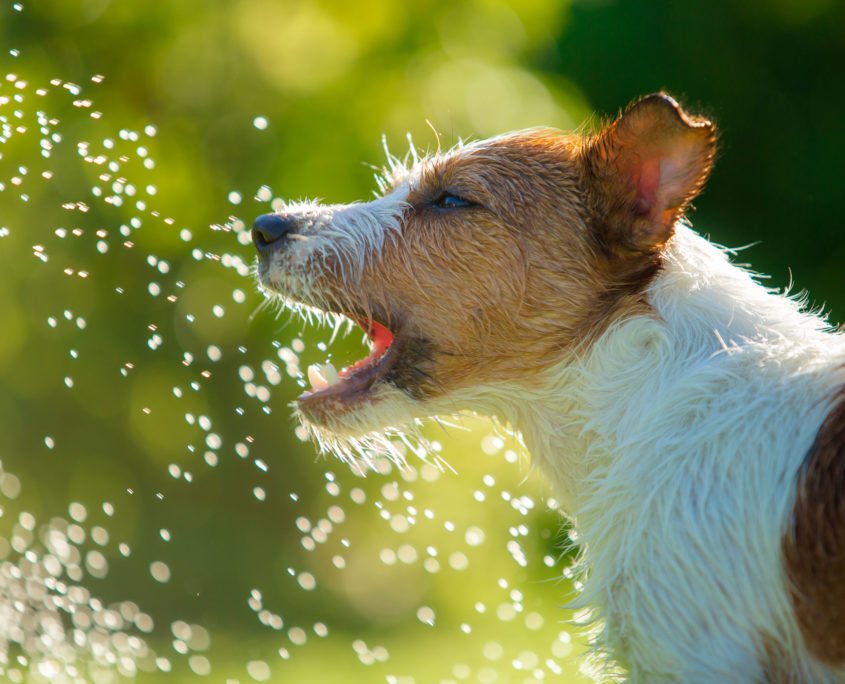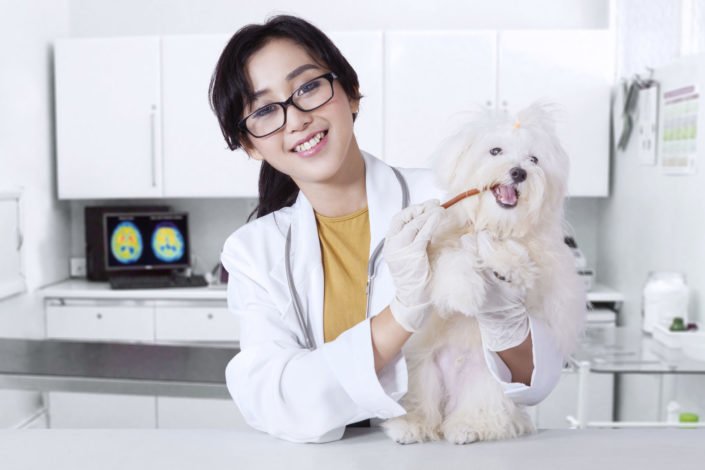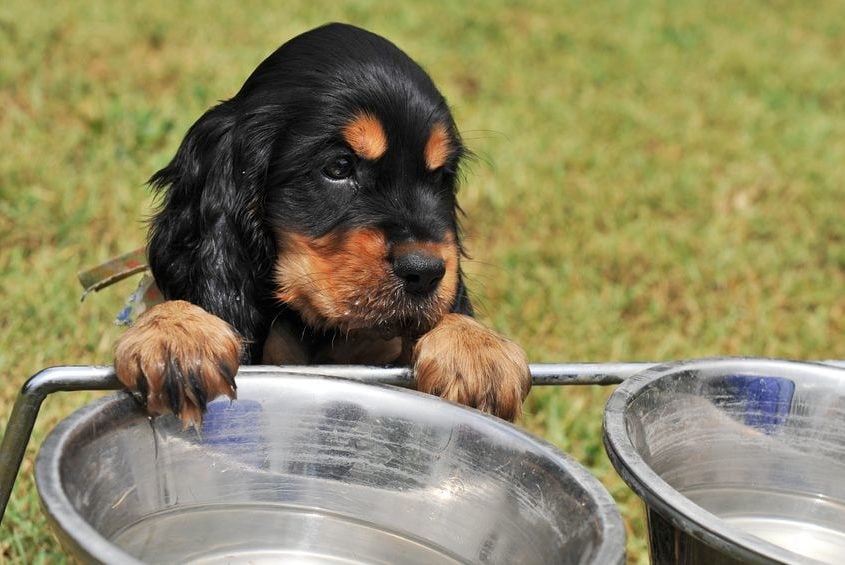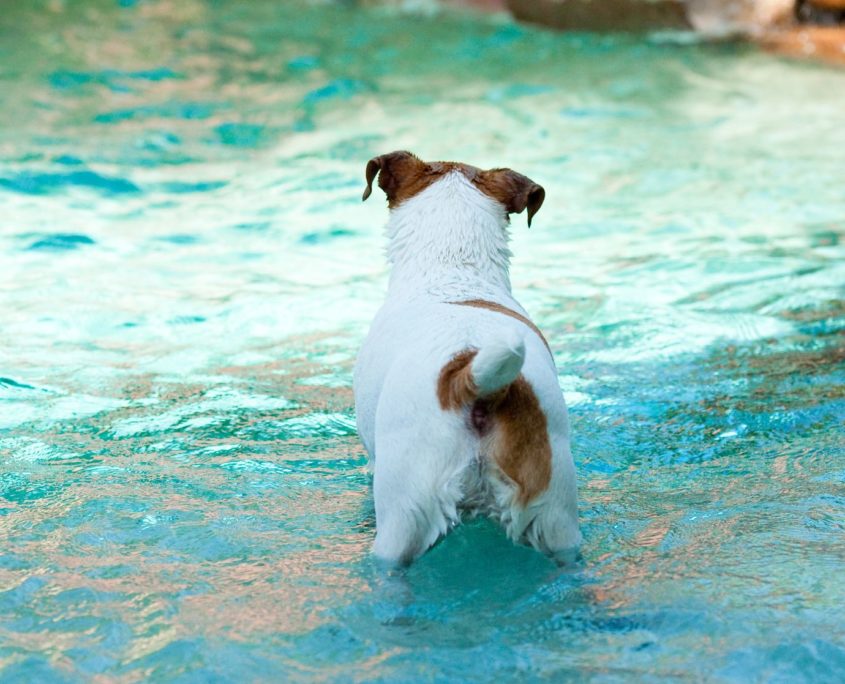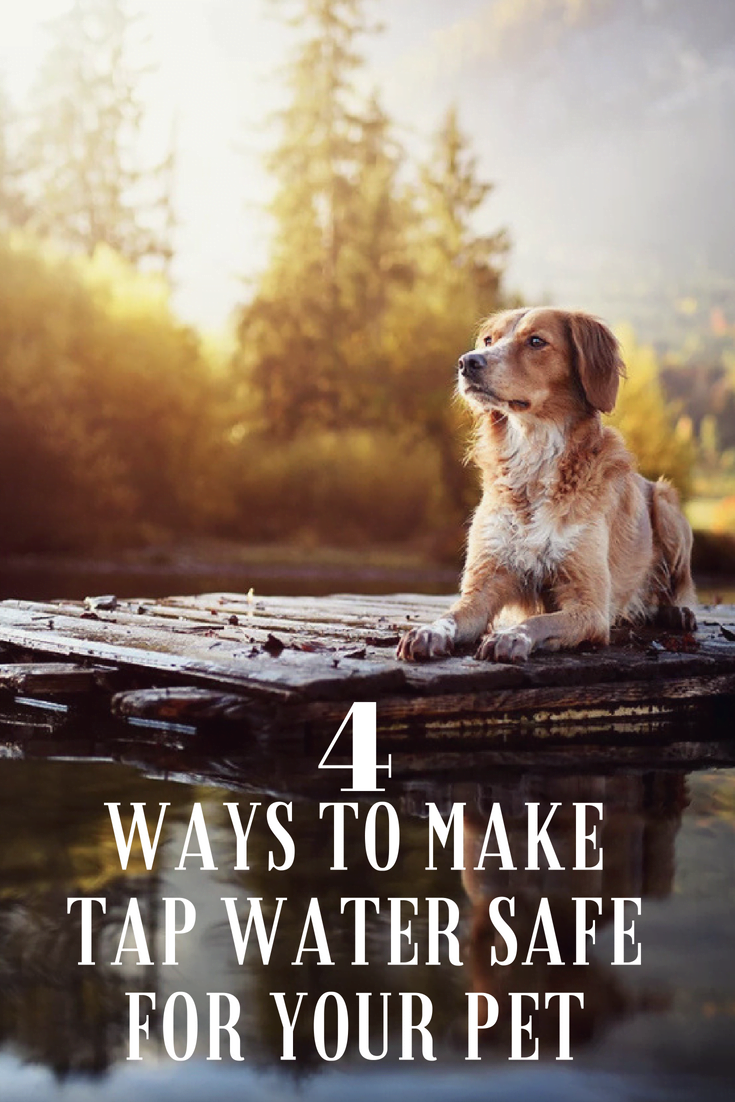For many pet owners, it’s important that the food they buy for their tail-wagger or cheetah is as natural as possible. They prefer products with labels that say ‘Made in U.S.’, and look for food that’s free from antibiotics and other harmful substances. Thereby, they forget that the tap water their pets drink is more often than not contaminated to various degrees with toxic chemicals.
In this article, I’m going to explain how you can treat your tap water to make it safe for your pet with the help of a drinking water filter system. There are numerous products to choose from, some doing a better job than others.
1. Reverse Osmosis Filter Systems
I’m the biggest fan of reverse osmosis (ro) water filtration. Reverse osmosis systems are very effective in removing toxic chemicals from tap water, and they are also very efficient in doing so in terms of energy usage. If a ro system does not come with an additional permeate pump to reduce water wastage, it doesn’t have to be connected to any power source at all. In order to start producing your own clean drinking water for you and your pet, all you have to do is install the system to your kitchen sink. Each system usually comes with detailed installation instructions and a user manual. Only basic plumbing skills are required.
At the heart of every ro system lies a semipermeable membrane, which allows for water molecules to pass through, but holds all dissolved solids behind. If you are on the lookout for a high-quality device, my advice would be to spend $150 and more on a decent product. Also, remember to double check that all system parts are made of high-quality, BPA-free materials.
2. Filter Pitchers
I’m sure you’ve all seen a water filter pitcher before at one of your friends’ places. If you’ve ever wondered how a filter pitcher works, here is a brief explanation:
Filter pitchers utilize activated carbon (which means that it has been modified to have tiny pores to increase its surface) to adsorb toxic chemicals from water. It’s an easy-to-use tool that allows for basic filtration and removes chlorine, copper, cadmium, mercury, and zinc. Other toxins like lead, asbestos or even giardia intestinalis are too small for the filter pores and remain in the water.
The main advantage of filter pitchers is that they are already available for $30 and less. Also, filter cartridges that need to be replaced every two months cost no more than $5 per piece. Whether it makes more sense for you to choose a filter pitcher over a ro system primarily depends on the degree of water contamination you are facing. If there are pesticides in your tap water or even harmful bacteria, you better play it safe and spend the extra money on a professional reverse osmosis system, because a pitcher is probably not sufficient in that case.
3. Distillers
Water distillers are another tool to treat tap water and make it safe for your pet to drink. As the name suggests, a distiller distills water, which means that it gets heated until it vaporizes and then condenses back into the fluid. Tests have shown that water treated by distillation is the purest of its kind and contains almost only H2O molecules.
Surprisingly, this is seen as a drawback by many scientists, because humans and animals alike depend on water as a source for minerals that are essential to maintaining bone structure, the muscular system, and also function as a catalyst for enzymatic reactions. The easiest way to get around a lack of essential minerals (mainly magnesium, calcium, potassium) in purified water, is to manually add them back by adding a teaspoon of sea salt to each gallon.
Water distillers come in different shapes and colors, and cheaper products are available online for under $100. Again, before spending any money, double check that only high-quality, BPA-free materials (preferably stainless-steel) are used by the manufacturer.
4. Ultraviolet Sterilizers
Autarkic ultraviolet water sterilizers that are not integrated into a reverse osmosis filter system are a rare find, but they exist. Sterilizers use ultraviolet light to kill germs in tap water, but won’t remove them just as they won’t remove any other toxins. Therefore, in most cases UV sterilizers alone are inadequate for proper tap water treatment, and I wouldn’t recommend using one.
Clean Drinking Water For Your Four-Legged Friend
As much attention as you pay to natural, organic pet food, as much attention is needed to ensure that your four-legged friend has access to clean drinking water. Because at the end of the day only a healthy pet is a happy pet, and who doesn’t want his or her pet to be happy?
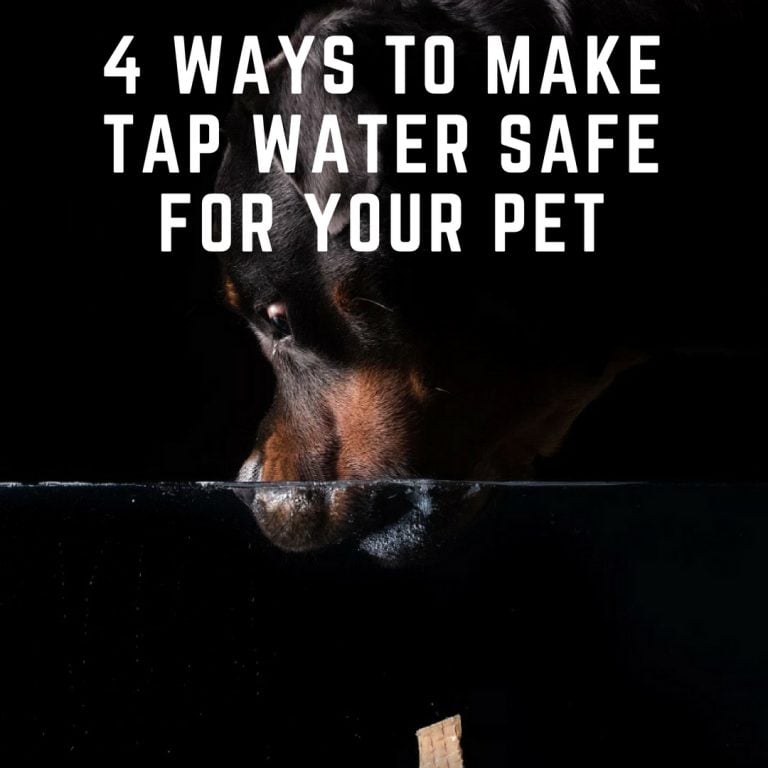
Recent Pet Posts
Blog Categories
Product categories
- Accessories (9)
- Chicken & Veggie Wraps (8)
- Grillers Jerky Tenders (4)
- Jerky Treats (10)
- Made in the USA (9)
- Non-Rawhide Treats (28)
- Beggar Bone (11)
- Bully Sticks (4)
- Butcher Bone (4)
- Cod Skin Fish Treats (3)
- Pork Skin Twists (2)
- Pressed Rawhide Bones & Rolls (16)
- Bones & Rolls (6)
- Pressed Rawhide Bulk (6)
- Twist Sticks (4)
- Savory Munchies (13)
- Supreme Bones & Rolls (48)
- American Rawhide Bulk (16)
- Rawhide Bones (14)
- Rawhide Chips (6)
- Rawhide Rolls & Sticks (12)
- Uncategorized (8)

